

Is Wall Street Buying Up All the Homes in America?
If you’re thinking about buying a home, you may find yourself interested in the latest real estate headlines so you can have a pulse on all of the things that could impact your decision. If that’s the case, you’ve probably heard mention of investors, and wondered how they’re impacting the housing market right now. That could leave you asking yourself questions like:How many homes do investors own?Are institutional investors, like large Wall Street Firms, really buying up so many homes that the average person can’t find one?To answer those questions, here’s the real story of what’s happening based on the data. Let’s start with establishing how many single-family homes (SFHs) there are and what portion of those are rentals owned by investors. According to SFR Investor, which studies the single-family rental market in the United States, there are eighty-two million single-family homes in this country. But how many of them are actually rentals?According to data shared in a recent post, sixty-eight million (82.93%) of those homes are owner-occupied – meaning the person who owns the home lives in it. If you subtract that sixty-eight million from the total number of single-family homes (82 million), that leaves just about fourteen million homes left that are single-family rentals (SFRs).Do institutional investors own all of those remaining fourteen million homes? Not even close. Let’s take it one step further. There are four categories of investors:The mom & pop investor who owns between 1-9 SFRsThe regional investor who owns between 10-99 SFRsSmaller national investor who owns between 100-999 SFRsThe institutional investor who owns over 1,000 SFRsThese categories show that not all investors are large institutional investors. To help convey that even more clearly, here are the percentages of rental homes owned by each type of investor (see chart below): As you can see in the chart, despite what the news and social media would have you believe, the green shows the vast majority are not owned by large institutional investors. Instead, most are owned by small mom & pop investors, like your friends and neighbors.What’s actually happening is, that there are people out there, just like you, who believe in homeownership, and they view buying a home (or a second home) as an investment. Maybe they saw an opportunity to buy a second home over the last few years to use it as a rental and generate additional income. Or maybe they just decided to keep their first house rather than sell it when they moved up.So, don’t believe everything you read or hear about institutional investors. They aren’t buying up all the homes and making it impossible for the average person to buy. That’s just not what the numbers show. Institutional investors are actually the smallest piece of the pie chart.Bottom LineWhile it’s true that institutional investors are a player in the single-family rental marketplace, they’re not buying up all of the houses on the market. If you have other questions about things you’re hearing about the housing market, connect with a trusted real estate professional so you have an expert to give you the context you need.
Read More
![Why Homeowners Feel Thankful for Their Homes [INFOGRAPHIC],KCM Crew](https://img.chime.me/image/fs/chimeblog/20231125/16/w600_original_7c3d3c74-4a3a-486d-b892-1ec31ad8ab0f-png.webp)
Why Homeowners Feel Thankful for Their Homes [INFOGRAPHIC]
Some HighlightsHere are three reasons why homeowners feel thankful for their homes. First, it’s a safe place that can give you a greater sense of comfort, safety, and security.Second, it gives you freedom of expression. From the color of the paint to the art on the walls, you can express your style and your personality.Third, it provides a sense of community. Owning your home helps you build lasting friendships with neighbors and connects you to your community. If you're thinking of buying a home and want to hear more about the potential benefits, talk with a local real estate agent.
Read More

Why Homeowners Are Thankful They Own
Countless people have set out on the exciting journey of homeownership. Ask around and you’ll find the vast majority are thankful they took the leap and bought a home. But why? It’s because of the many emotional and lifestyle benefits that come with being a homeowner.So, if you’re trying to decide if you want to rent or buy a home, here are just a few of the many benefits you could look forward to if you buy.It’s a Safe HavenOwning a home goes beyond just having a roof over your head. It provides a sense of security and safety. In fact, in a survey from Fannie Mae, respondents say “having a sense of privacy and security” is one of the top reasons homeownership is preferred to renting. And in a different Fannie Mae survey, “living in a place where you and your family feels safe” is another one of the top benefits of homeownership.Your home is a place where you can truly relax and unwind. Knowing that you have a sanctuary to return to at the end of the day is a great source of comfort.It’s a Canvas for Self-ExpressionFor many homeowners, their home is a reflection of who they are. The National Association of Realtors (NAR), says:“The home is yours. You can decorate any way you want and choose the types of upgrades and new amenities that appeal to your lifestyle.”From the color of the front door to the art hanging on the walls, every detail contributes to a unique expression of personal style. Put simply, owning a home gives you the freedom to make changes and improvements that resonate with your personality.It Helps You Feel More Connected to the CommunityStability is another cornerstone of homeownership. The longer you stay put, the more emotionally connected you are to your community. For example, if your neighborhood does cook-outs, block parties, or other events, you’ll feel more engaged and probably build meaningful relationships with those around you. As NAR states:“Remaining in one neighborhood for several years allows you and your family time to build long-lasting relationships within the community.”The sense of community where you can make life-long friends helps give you more stability and predictability than you’d have if you move each time a rental lease renews.Its Where Lifelong Memories Are MadeNot to mention, your home is where you’ll make many memories. It’s a backdrop for the stories of your life. Celebrating milestones, hosting gatherings, and building a treasure trove of special moments within the walls of your home is a heartwarming experience to be thankful for.Bottom LineAs you start thinking about buying a home, remember why so many people are glad they did. Homeownership isn’t just a financial decision. It’s about having a stable place where you can make lasting memories. If you're thinking of buying a home and want advice, talk with a trusted real estate agent.
Read More

Home Prices Still Growing – Just at a More Normal Pace
If you’re feeling a bit muddy on what’s happening with home prices, that’s no surprise. Some people are still saying prices are falling, even though data proves otherwise. Part of that misconception is because people are getting their information from unreliable sources. But it’s also coming from some media coverage misrepresenting what the data really shows.So, to keep things simple, here’s what you really need to know using real data you can trust.Normal Home Price Seasonality Explained In the housing market, there are predictable ebbs and flows that happen each year. It’s called seasonality. Spring is the peak homebuying season when the market is most active. That activity is typically still strong in the summer but begins to wane as the cooler months approach.Home prices follow along with seasonality because prices appreciate most when something is in high demand. That’s why there’s a reliable long-term home price trend. The graph below uses data from Case-Shiller to show the typical percent change for monthly home price movement from 1973 through 2022 (not adjusted, so you can see the seasonality): As the data shows, at the beginning of the year, home prices grow, but not as much as they do when entering the spring and summer markets. That’s because the market is less active in January and February since fewer people move in the cooler months. As the market transitions into the peak homebuying season in the spring, activity ramps up, and home prices go up a lot more in response. Then, as fall and winter approach, prices still grow, just at a slower pace as activity eases again.This Year, Seasonality Has ReturnedNow, let’s look at how this year compares to that long-term trend (see graph below): Here’s the latest data for this year from that same source. Just like before, the dark bars are the long-standing trend. The green bars represent what’s happened this year. As you can see, the green bars are beginning to fall in line with what’s normal for the market. That’s a good thing because it’s more sustainable price growth than we’ve seen in recent years.In a nutshell, nationally prices aren’t falling, it’s just that price growth is beginning to normalize. Moving forward, there’s a chance the media will misrepresent this slowing of home price growth as prices falling. So don’t believe everything you see in the headlines. The data included here gives you the context you need to really understand what’s happening. So, if you see something in the headlines that’s confusing, don’t just take it at face value. Ask a trusted real estate professional for more information.Remember, it’s normal to see home price growth slow down as the year goes on. And that definitely doesn’t mean home prices are falling. They’re just rising at a more moderate pace.Bottom LineHome price appreciation is returning to normal seasonality and that’s a good thing. If you have questions about what’s happening with prices in your local area, connect with a real estate professional.
Read More
Categories
Recent Posts

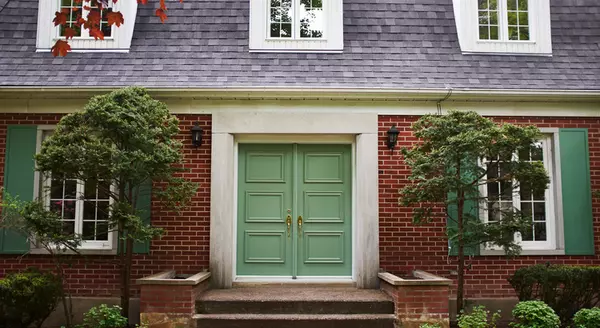
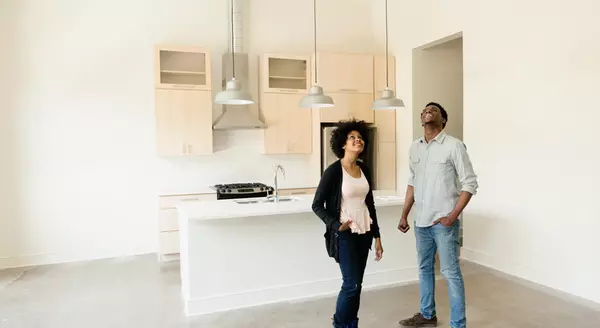
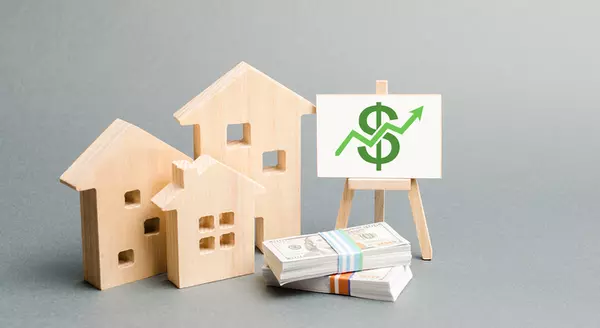
![3 Reasons To Sell Your House Before the New Year [INFOGRAPHIC]](https://img.chime.me/image/fs/chimeblog/20231202/16/w600_original_8462ac9f-1f40-45d3-b413-cadc2131de12-png.webp)
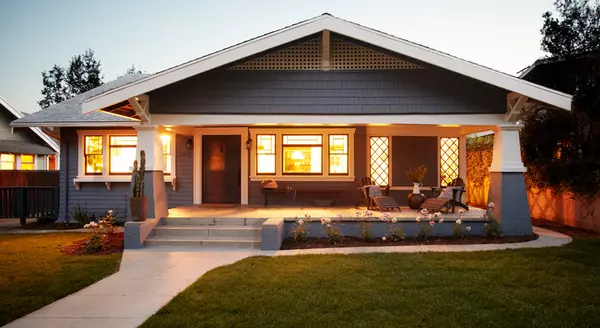

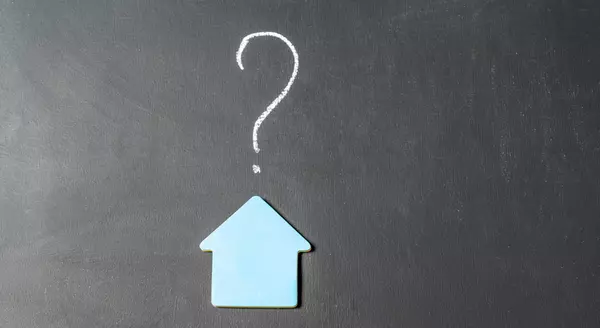

![Why Homeowners Feel Thankful for Their Homes [INFOGRAPHIC]](https://img.chime.me/image/fs/chimeblog/20231125/16/w600_original_7c3d3c74-4a3a-486d-b892-1ec31ad8ab0f-png.webp)

